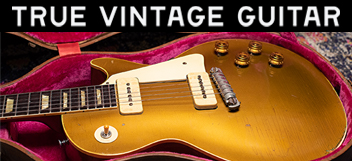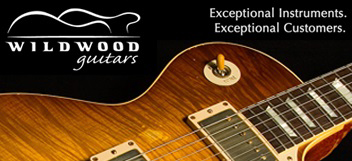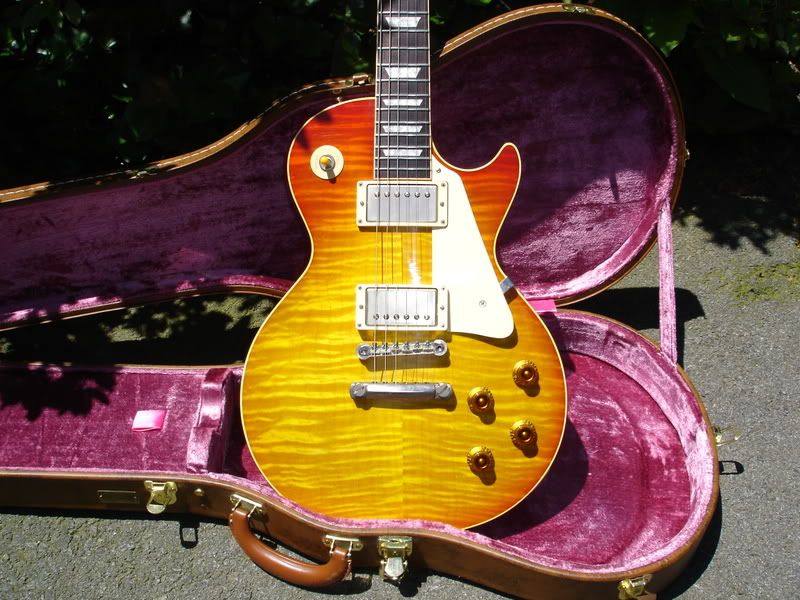Last LP
New member
- Joined
- Jul 17, 2008
- Messages
- 214
Which sound better?
I understand a lot of this has to do to personal preference but I've read somewhere that plain tops tend to have a better resonance/sustain & have a definable better quality.
Something to do with the tightness of the grain on the plain Maple Top. Whereas the Figured Maple Tops are not as dense by nature & tend to "swallow~up" a lot of the tone.
Some would even argue that Eastern Maple carries a noticeable difference when compared to Western Maple.
Just how much of this is true? If any?
What's everyone else say, through your personal experiences if you've played both types?
Thanks!:hank
I understand a lot of this has to do to personal preference but I've read somewhere that plain tops tend to have a better resonance/sustain & have a definable better quality.
Something to do with the tightness of the grain on the plain Maple Top. Whereas the Figured Maple Tops are not as dense by nature & tend to "swallow~up" a lot of the tone.
Some would even argue that Eastern Maple carries a noticeable difference when compared to Western Maple.
Just how much of this is true? If any?
What's everyone else say, through your personal experiences if you've played both types?
Thanks!:hank







